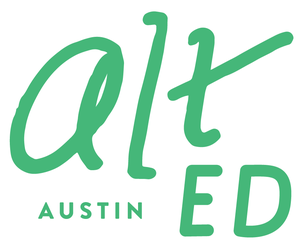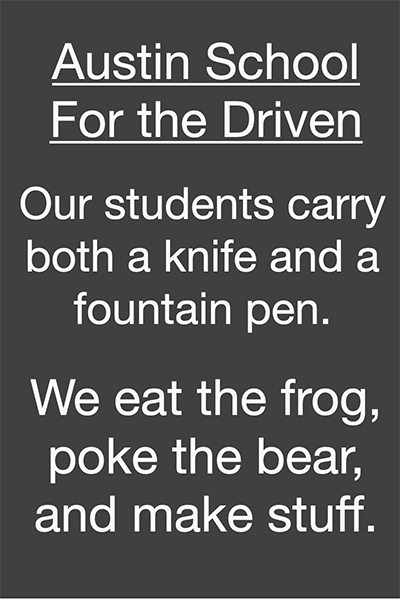Media Monday: Making history—Guns on UT's campus, 1966 & 2016
/Photo by Larry D. Moore [CC BY-SA 3.0 or GFDL], via Wikimedia Commons
As many Austinites are aware, today marks the 50th anniversary of one of our city’s most tragic events—the sniper attack on UT’s campus that many historians consider the nation’s first modern-day mass shooting. Student and ex-Marine Charles Whitman killed his wife and mother before climbing the infamous UT clock tower with rifles and pistols to gun down almost 50 more people before police managed to stop him. In all, Austin lost 17 lives as a result, including Whitman’s.
In the five decades since, as the Washington Post notes in its remembrance of that bloody day, “The killing spree introduced the nation to the concept of a ‘mass shooting’ outside the context of a military battlefield,” and now that concept is so commonplace that we can barely mourn one loss of life before another intrudes to take its place on our TV screens. Columbine, Virginia Tech, Sandy Hook, Orlando, Houston—the list is long and growing longer.
Today, as a bell tolled and the tower clock stopped, UT President Gregory Fenves spoke to honor the anniversary and the lives lost—and to dedicate a new memorial. Two UT student body presidents, from 2016–2017 and 1966–1967, read the names of the fallen.
Several projects capture interviews, data, and powerful video and 3D recreations about the UT shootings. These offer a helpful jumping off point for discussions in the classroom and at home about the psychology and politics of mass shootings.
- The Austin American Statesman’s tower shooting site is comprehensive, and includes coverage of today’s memorial ceremony and the campus carry controversy.
- On the 40th anniversary, in 2006, Texas Monthly writer Pamela Colloff produced “96 Minutes,” a collection of first-person accounts of the events that is still a powerful document. Colloff has also written recent articles about the new memorial and about one of the survivors, Claire Wilson. The magazine collects its reporting on the UT tower shooting in one spot here.
- And in “Out of the Blue,” Texas Standard and the Briscoe Center for American History have produced a vast interactive site with stories, think pieces, and video and audio interviews.
Today is also the day that Texas joins a handful of states that allow guns on college campuses. Many advocates argue that if good citizens on the UT campus had had their weapons available in 1966, the carnage could have been minimized. Data from the FBI indicates that from 2000 to 2013 at least 21 of 160 active shooters were stopped by civilians without guns; one was stopped by an armed civilian.
What are the parameters of the new campus rules in Austin? In a nutshell:
- Anyone who currently holds a Texas license for a handgun may carry it on the UT campus, but must keep it holstered and out of sight.
- Faculty may declare offices gun-free.
- Guns are not allowed where students sleep, but they are allowed in dining and lounge areas of dorms.
- Guns are not allowed at sports events.
Details of all the campus carry regulations in Texas are tracked by the Dallas News and updated regularly on the Campus Carry Tracker.
Shelley Sperry


![Photo by Larry D. Moore [CC BY-SA 3.0 or GFDL], via Wikimedia Commons](https://images.squarespace-cdn.com/content/v1/54d27ffde4b0efe7320caf64/1470091440345-L80367KNGLS0M0I7BM1I/image-asset.jpeg)




























